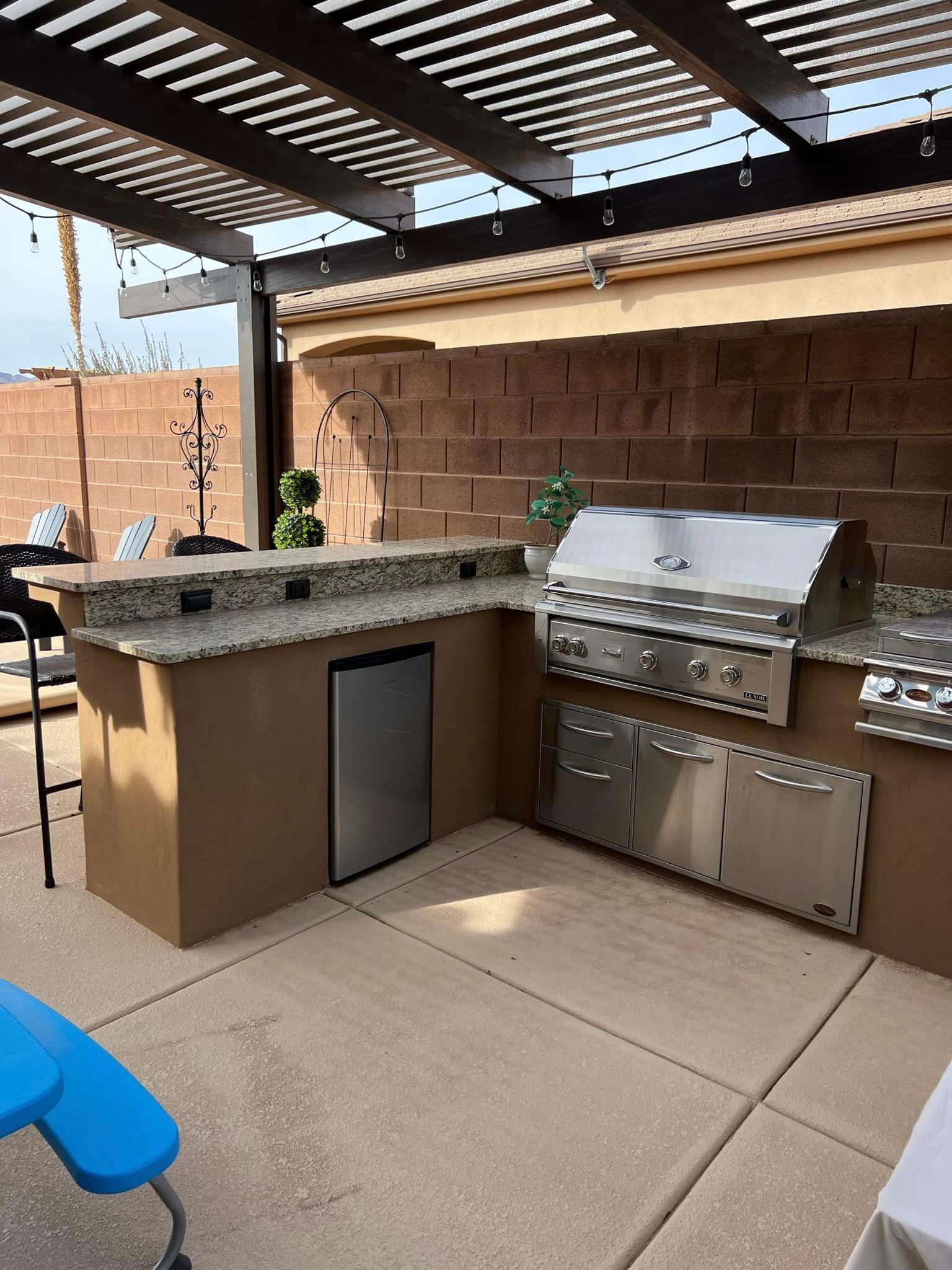Indoor refrigerators are designed to operate in a climate-controlled environment, typically between 70°F and 75°F. Outdoor-rated units, conversely, are engineered to function reliably in ambient temperatures reaching 100°F and often 110°F.
This difference in engineering is crucial and comes down to three key areas:
1. The Condenser and Compressor Overload
Your refrigerator's job is to push heat out of the box.
The Indoor Problem: When the air surrounding the fridge is 105°F (a standard summer day in Southern Utah), the compressor has to work overtime, non-stop, to expel heat into an already scorching environment. This causes the internal components to overheat, leading to inevitable failure.
The Outdoor Solution: Outdoor-rated refrigerators feature larger, more powerful compressors and fan-assisted condensers. These components are specifically built to run efficiently against extreme heat loads, ensuring the internal temperature remains safely below 40°F without burning out.
2. Insulation and Thermal Protection
Outdoor refrigerators are built with significantly better thermal insulation to protect the cooling cycle.
The Indoor Problem: Standard insulation is adequate for indoor environments, but when exposed to direct sun or high ambient heat, it allows the exterior heat to seep into the cooling chamber. This means the compressor runs constantly, dramatically increasing your energy usage and shortening the lifespan of the appliance.
The Outdoor Solution: Premium outdoor units use thicker, high-density insulation that creates a much more effective thermal barrier. This superior insulation minimizes the work required by the compressor, lowers operating costs, and ensures the contents stay cold even when the lid is opened frequently on a hot day.
3. Protection Against the Elements (Moisture and Dust)
Your outdoor kitchen isn't just dealing with heat—it’s dealing with intense UV light, dust, and the occasional microburst of rain.
UV and Rust: Indoor appliances use materials and finishes that are not intended for sunlight exposure. UV rays cause plastic seals to degrade and fade, while the slight temperature fluctuations and moisture can cause internal components to rust much faster.
The Outdoor Solution: We use refrigerators and beverage centers that are built with marine-grade 304 stainless steel . This high-quality material is corrosion-resistant and specifically designed to withstand the desert's extreme sun, dust, and humidity without rusting, cracking, or breaking down. Electrical components are also sealed and rated for outdoor use, preventing short circuits and fire hazards.

